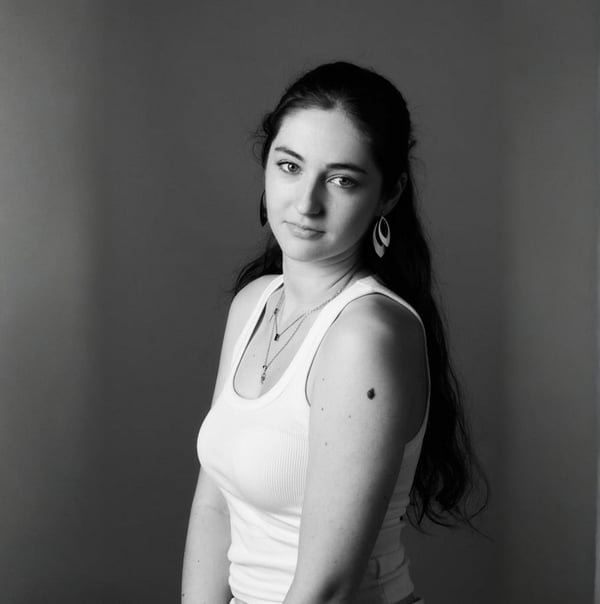Design Eye-Catching Magazine Covers with AI
Table of Contents
- What Is an AI Magazine Cover Generator?
- How AI Creates Magazine Covers
- Why AI Is Revolutionizing Magazine Design
- Top Uses for AI Magazine Cover Generators
- Popular AI Tools for Magazine Cover Design
- Best Practices for Stunning AI Magazine Covers
- The Future of AI in Magazine and Digital Publishing
- Final Thoughts
- FAQs: AI magazine cover generator
Every great magazine cover tells a story before you even flip the first page. It's the most important part of the magazine because it's what will make someone walking past a newsstand stop and buy the magazine if it catches their eye. From bold typography to expressive portraits, the cover is what captures a reader’s attention and sets the tone for everything inside. But creating that perfect cover has traditionally required professional design skills, costly software, and a keen sense of visual storytelling. Now, that’s all changing, thanks to AI magazine cover generator.
Thanks to AI, AI magazine cover generators let anyone design high-quality, professional covers for print or digital magazines in minutes. Whether you’re working on a fashion issue, a lifestyle blog, or a digital publication, AI is transforming how covers are imagined, created, and shared.
In this article, we’ll explore how magazine design AI works, what makes it powerful, and how to use an AI cover creator to design stunning, publication-ready visuals, no design experience required.
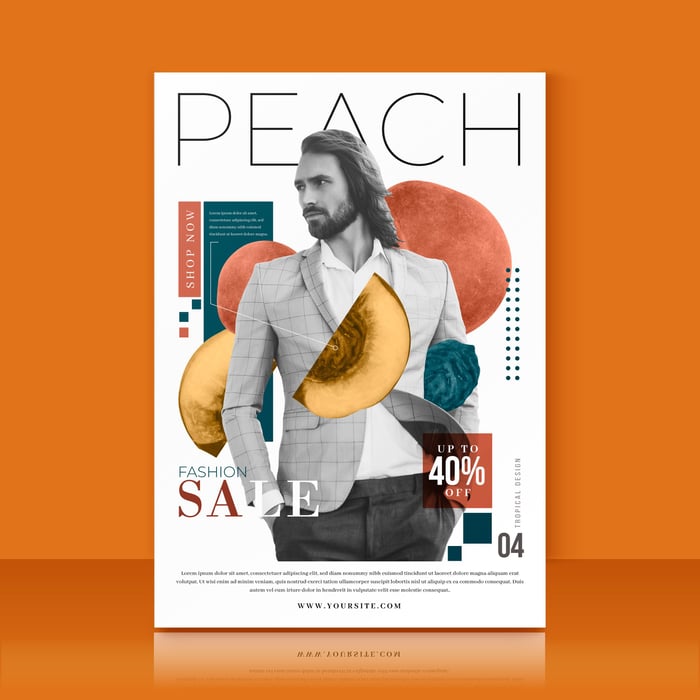
What Is an AI Magazine Cover Generator?
An AI magazine cover generator is a design tool powered by artificial intelligence that automatically creates professional-grade magazine covers based on your input, such as a theme, headline, photo or color palette.
Instead of manually designing layouts or selecting fonts, you can simply describe your concept or upload an image. The AI then handles composition, typography, alignment, and styling, generating covers that look like they came straight from a professional studio.
You can think of it as having a virtual art director on demand. The AI not only understands visual balance and aesthetic hierarchy but also adapts to your desired niche, whether it’s fashion, travel, sports, or technology.
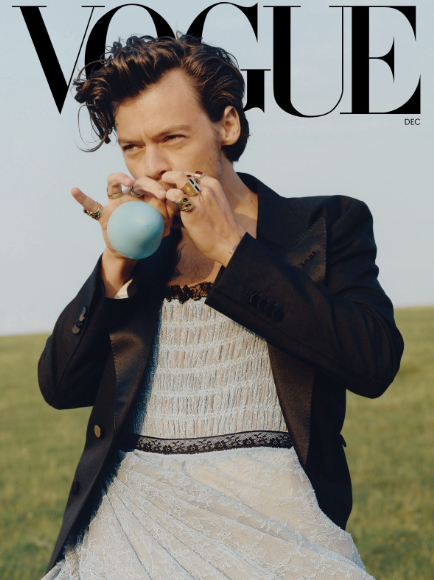
How AI Creates Magazine Covers
The process behind AI-generated design combines multiple deep-learning systems, including:
1. Text-to-Image Models
These models (like Modelia or Stable Diffusion) generate or adapt background images that match your theme. For instance, if you describe “a futuristic tech magazine cover featuring a glowing cityscape,” the AI will render exactly that in photorealistic or stylized form.
2. Layout Optimization Algorithms
AI tools analyze thousands of magazine layouts to understand where to place headlines, titles, and focal points for maximum impact. This ensures your cover looks structured, balanced, and professional.
3. Typography Selection
A magazine’s typography says as much as its imagery. AI chooses fonts based on the publication type, sleek serif fonts for luxury fashion, bold sans-serifs for tech or business, and creative hand-lettered styles for lifestyle or art issues.
4. Color Harmony & Brand Matching
The AI automatically creates color palettes that match your main image, maintaining visual consistency and emotional appeal. It can even adapt to existing brand colors if you upload your logo or reference design.
5. Finishing Touches
Once the image, layout, and text are set, the AI applies lighting, texture, and shadow enhancements to give the final cover a polished, print-ready appearance.
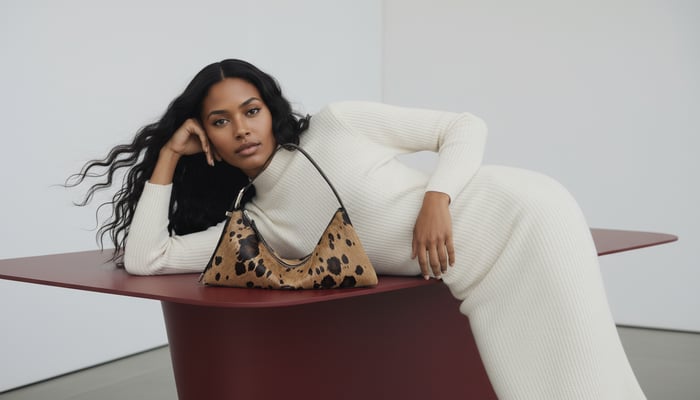 Image created with Modelia
Image created with ModeliaWhy AI Is Revolutionizing Magazine Design
AI isn’t just a design shortcut, it’s changing how creative professionals approach storytelling and branding. Here are key reasons why AI magazine cover generators are becoming so popular:
1. Instant Creativity
You can generate dozens of unique cover ideas in minutes. This makes AI ideal for brainstorming or pitching concepts before committing to a full design.
2. Cost Efficiency
Hiring a designer or using professional software can be expensive. AI generators provide studio-quality designs at a fraction of the cost, perfect for startups, bloggers, and independent publishers.
3. Accessibility
No design degree needed. Anyone, from marketers to content creators, can now design magazine covers with just a few clicks or text prompts.
4. Consistency and Branding
AI can maintain a consistent style across multiple covers. This is ideal for recurring publications or brands that want cohesive visual identity.
5. Speed and Scalability
Need multiple covers for different languages, topics, or audiences? AI can scale production instantly without sacrificing quality.
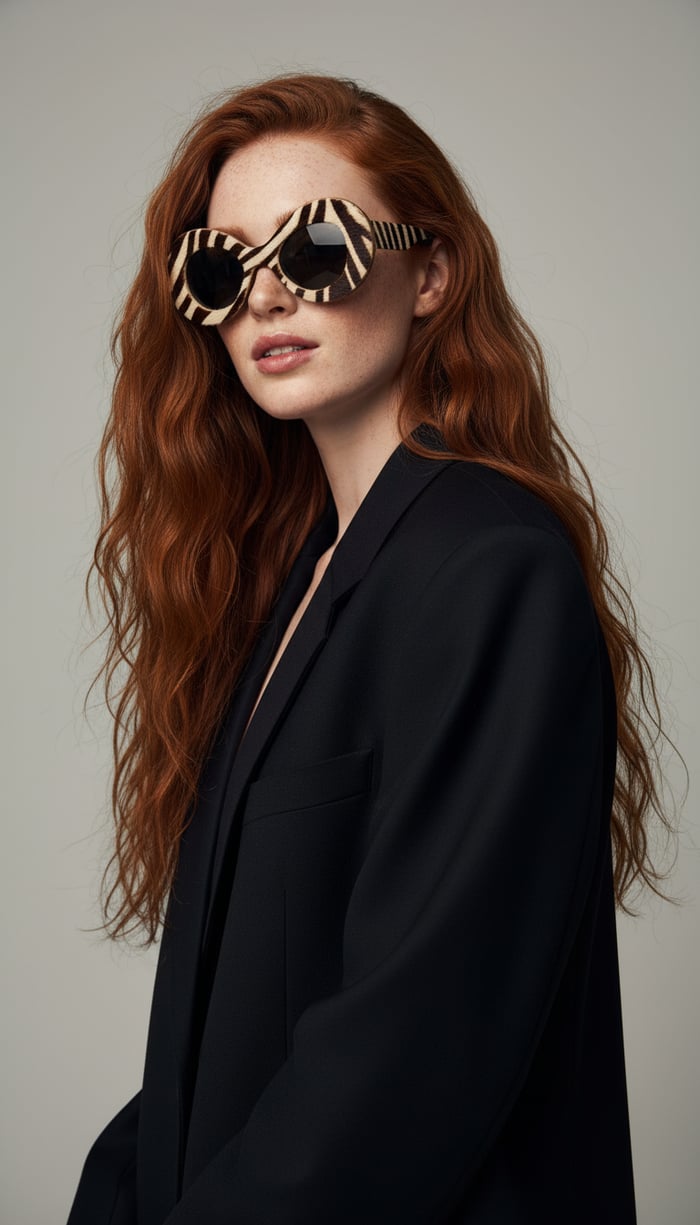 Image created with Modelia
Image created with ModeliaTop Uses for AI Magazine Cover Generators
AI-powered cover creation isn’t limited to traditional magazines. Here’s how people and businesses are using it across industries:
1. Digital Magazines & Newsletters
Online publishers use AI cover creators to design featured images for each issue, making their digital magazines look polished and professional.
2. Fashion and Lifestyle Brands
Fashion magazines rely on visual storytelling. AI helps generate glamorous, editorial-style covers, from model shots to haute couture photography, without needing a full studio setup.
3. Business and Corporate Reports
Companies are now producing annual reports, internal newsletters, or investor briefings with AI-designed covers that feel sleek and authoritative.
4. Creative Portfolios and E-Books
Writers, photographers, and artists use digital magazine covers to package their portfolios like real publications, enhancing perceived value and professionalism.
5. Social Media and Marketing
Many content creators use AI to design cover-style graphics for Instagram, LinkedIn, or YouTube thumbnails, instantly making posts stand out in crowded feeds.
Popular AI Tools for Magazine Cover Design
There are several AI tools leading the way in magazine cover generation. Here are a few of the most widely used:
Modelia – The most complete tool for AI fashion images. Detailed editorial photos in seconds with just a click. Also, the web is so user friendly and that makes it perfect for even beginners. Free trial.
Canva Magic Design – Uses AI to generate layouts, color schemes, and fonts based on uploaded photos or prompts. Ideal for beginners.
Fotor AI Cover Generator – Specifically designed for magazine and book covers with easy text editing and pre-made templates.
Designify – Focuses on removing backgrounds and stylizing images for professional, print-ready compositions.
Adobe Firefly – Integrates seamlessly with Photoshop, offering advanced AI-driven background generation and typography pairing.
Placeit – Great for creating mockups of your magazine covers in realistic contexts (e.g., on stands, in hands, or digital screens).
Each magazine design AI tool offers different customization levels, but all share one goal: to make professional design fast, flexible, and accessible.
Best Practices for Stunning AI Magazine Covers
To make your AI-generated covers stand out and feel authentic, follow these professional design tips:
Start with a Clear Theme
Before generating your design, decide on the issue’s focus, fashion, tech, travel, or culture. The clearer your prompt, the better AI performs.
Choose a Compelling Central Image
Use a high-quality image that captures emotion or action. The subject should connect directly to your headline for maximum impact.
Keep the Text Hierarchy Simple
Avoid clutter. Your magazine title should be bold and legible, followed by a secondary headline and minimal supporting text.
Use Contrasting Colors
Ensure your text color contrasts with the background image. AI can help with palette matching, but always review for readability.
Maintain Branding
If your magazine has an established look (logo, color scheme, or tone), upload reference examples so the AI can stay consistent across issues.
Add Realistic Details
Small touches like barcodes, publication dates, and corner blur effects can make your digital magazine covers look authentic and print-ready.
Edit and Refine
AI generates 90% of the work, your creative input brings it home. Adjust alignments, font weights, or image brightness for a human touch that AI can’t yet replicate perfectly.
 Image created with Modelia
Image created with ModeliaThe Future of AI in Magazine and Digital Publishing
The rise of AI magazine cover generators is just the beginning of a much larger shift in digital media. Here’s where the future is heading:
1. Real-Time Personalization
Soon, readers might see personalized covers based on their interests, AI could adapt the layout or headline for each subscriber.
2. 3D and Interactive Covers
Augmented reality (AR) covers are already emerging, where static designs become animated when viewed through a phone camera.
3. AI-Powered Branding Systems
Future tools could automatically generate complete brand kits, cover, masthead, layout, and typography, consistent across every issue.
4. Sustainability Through Digital Publishing
AI enables the growth of digital magazine covers, reducing printing waste while expanding creative freedom in the digital space.
5. Collaboration Between AI and Designers
Rather than replacing artists, AI acts as a creative assistant, handling repetitive layout tasks while designers focus on storytelling and originality.
Final Thoughts
AI is rewriting the rules of design, and magazine publishing is one of its most exciting frontiers. With an AI magazine cover generator, you no longer need to spend hours on typography, layout, or composition. Instead, you can focus on what truly matters: your story, your brand, and your creativity.
From digital magazines to social campaigns, AI empowers anyone to produce eye-catching, editorial-quality visuals in just minutes. Whether you’re an entrepreneur, content creator, or publisher, this technology is your gateway to a new era of visual storytelling, where inspiration meets innovation, and design becomes effortless.
Check Modelia and start creating your own images for your magazine covers
FAQs: AI magazine cover generator
1. What is the best AI magazine cover generator?
Popular options include Canva Magic Design, Fotor, and Adobe Firefly. Each offers different levels of control, from beginner-friendly templates to professional design features.
2. Can I use AI to design magazine covers for commercial use?
Yes, as long as you follow copyright and licensing terms. Most AI platforms provide commercial usage rights for generated designs, but always check the fine print.
3. Do I need graphic design experience to use an AI cover creator?
Not at all. These tools are made for non-designers. You simply enter your ideas, upload images, and let AI handle the layout, fonts, and visuals.
4. Can AI generate realistic photos for my magazine covers?
Absolutely. With text-to-image AI models like Midjourney or DALL·E, you can generate original cover photos that look professionally shot.
5. How can I make my AI-generated cover look more authentic?
Add realistic publishing details (date, issue number, barcode), maintain consistent branding, and review alignment and color contrast before finalizing.
6. Are digital magazine covers as effective as printed ones?
Yes, sometimes even more. Digital covers are easier to share, animate, and personalize, making them perfect for online readers and social media audiences.
7. What formats do AI generators export to?
Most tools allow exporting in JPG, PNG, or PDF formats suitable for both web and print publishing.
8. Can AI help me redesign an existing magazine cover?
Yes. Upload your current design and let the AI suggest new layouts, fonts, or imagery while maintaining your publication’s identity.
How would you rate this article:
Related Articles
- 10 AI Design Tools Revolutionizing Fashion and Ecommerce Design
- Branding for Ecommerce: Strategies for Creating an Impactful Online Presence
- 10 Best AI Fashion Free Model Generators
- The Best Alternatives to The New Black in 2025
- How to Transition Your Wardrobe from Summer to Fall Fashion
- Design Eye-Catching Magazine Covers with AI
- The Best Fashion Photographers to Follow on Instagram
- Fashion Modeling Basics: Trends, Innovations, and the Future of the Industry
- Best AI Clothing Models for your Website Store
- The 6 Best Free Online Facial Expression Changer Tools to Customize Emotions in Images

